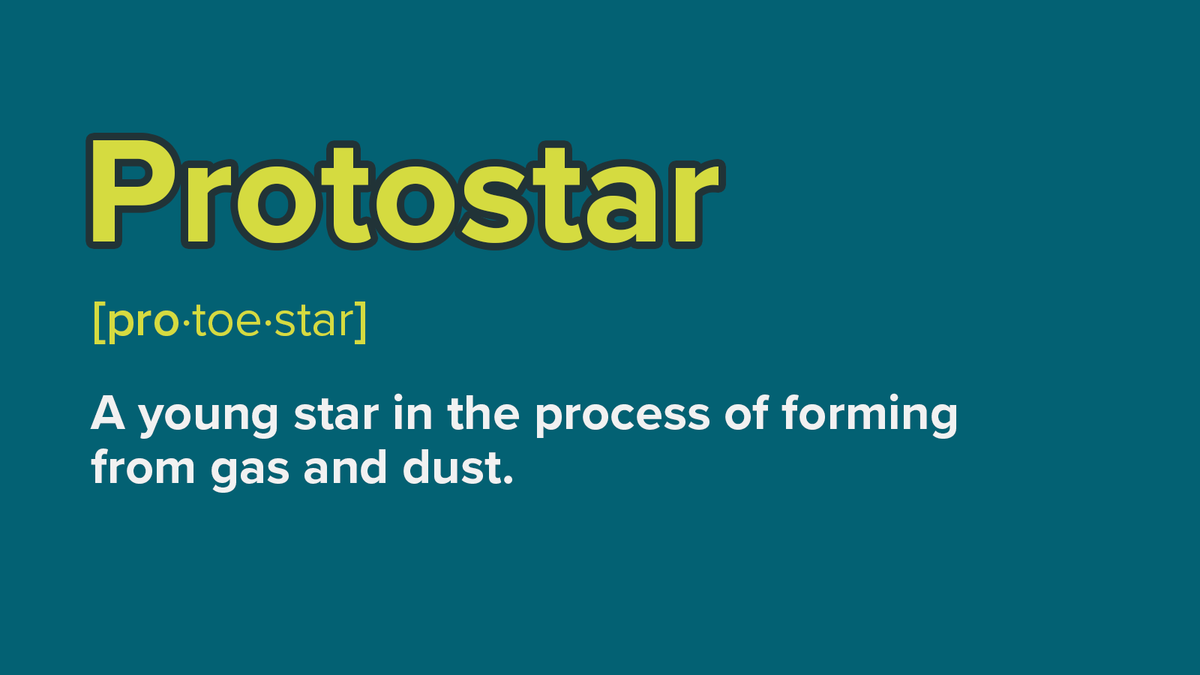#sciencewordoftheweek search results
#ScienceWordOfTheWeek Cortisol A steroid hormone produced by the adrenal glands that plays a crucial role in regulating the body's stress response, metabolism, blood pressure, and the sleep-wake cycle.

#ScienceWordOfTheWeek Endorphins Natural, morphine-like chemicals produced by the body that act as neurotransmitters to relieve pain, reduce stress and make you feel good.
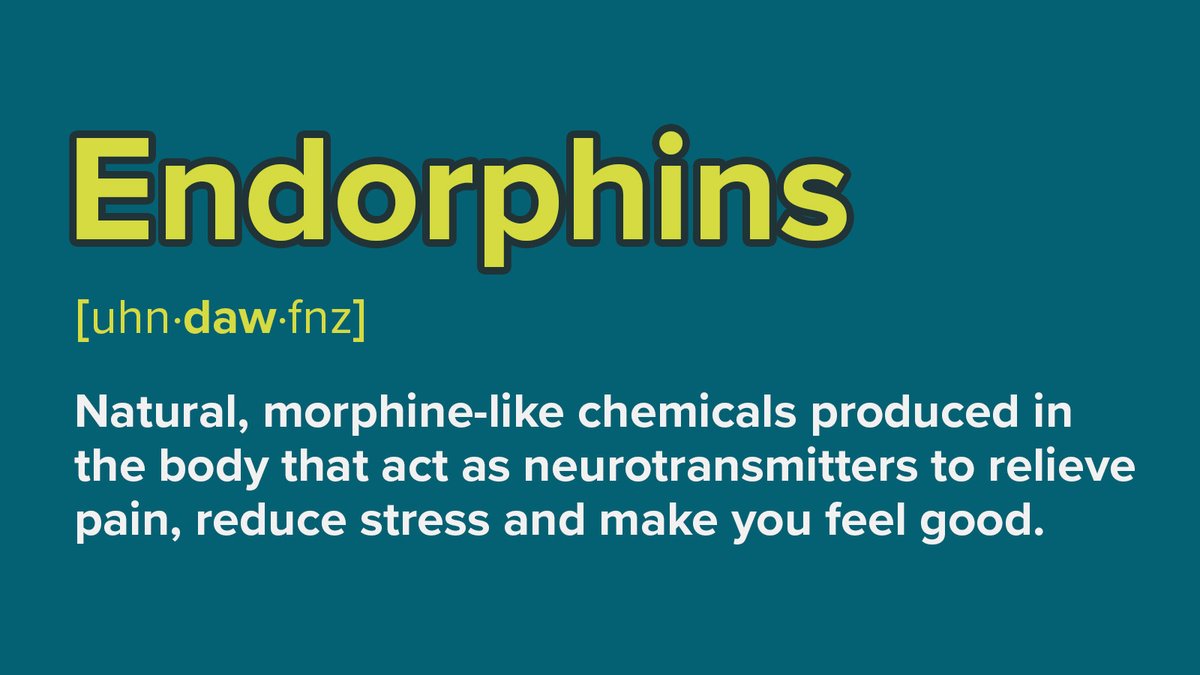
#ScienceWordOfTheWeek Homeostasis - The body's way of keeping internal conditions stable, like temperature and hydration.
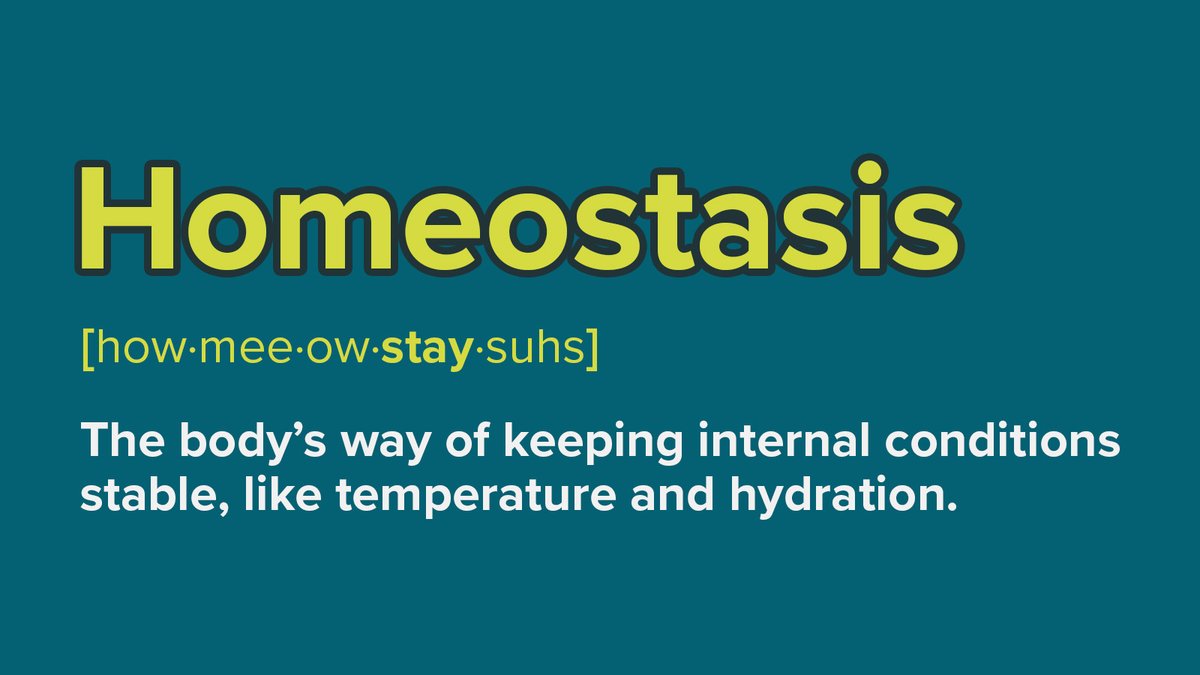
#ScienceWordOfTheWeek 👁️Astigmatism - An eye condition where the cornea or lens has an irregular shape, causing blurred or distorted vision at all distances.

#ScienceWordOfTheWeek Metabolism The chemical changes within cells or organisms that generate energy and the materials required for growth, reproduction, and overall health.
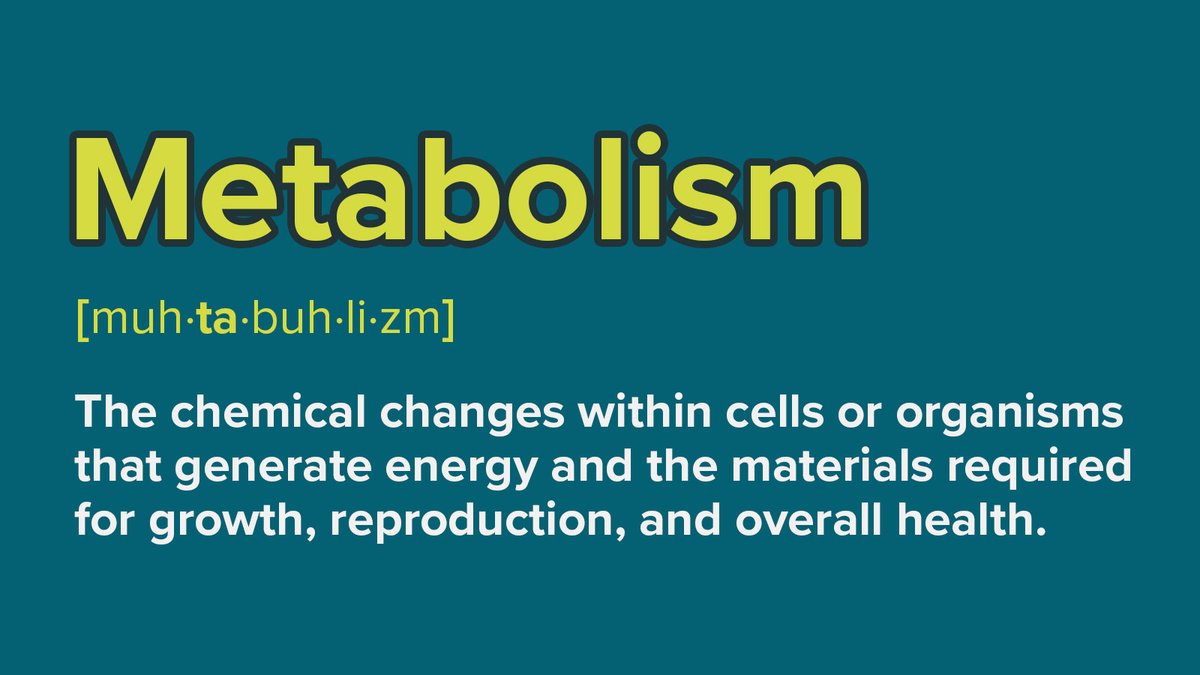
Why can we only see one side of the Moon? @AlexDainis explains with her DIY orrery, which is the Museum of Science and @Dictionarycom #ScienceWordoftheWeek!
#ScienceWordOfTheWeek Accretion - The process where matter (like gas and dust) slowly gathers on an object, such as a planet or star, increasing its size.
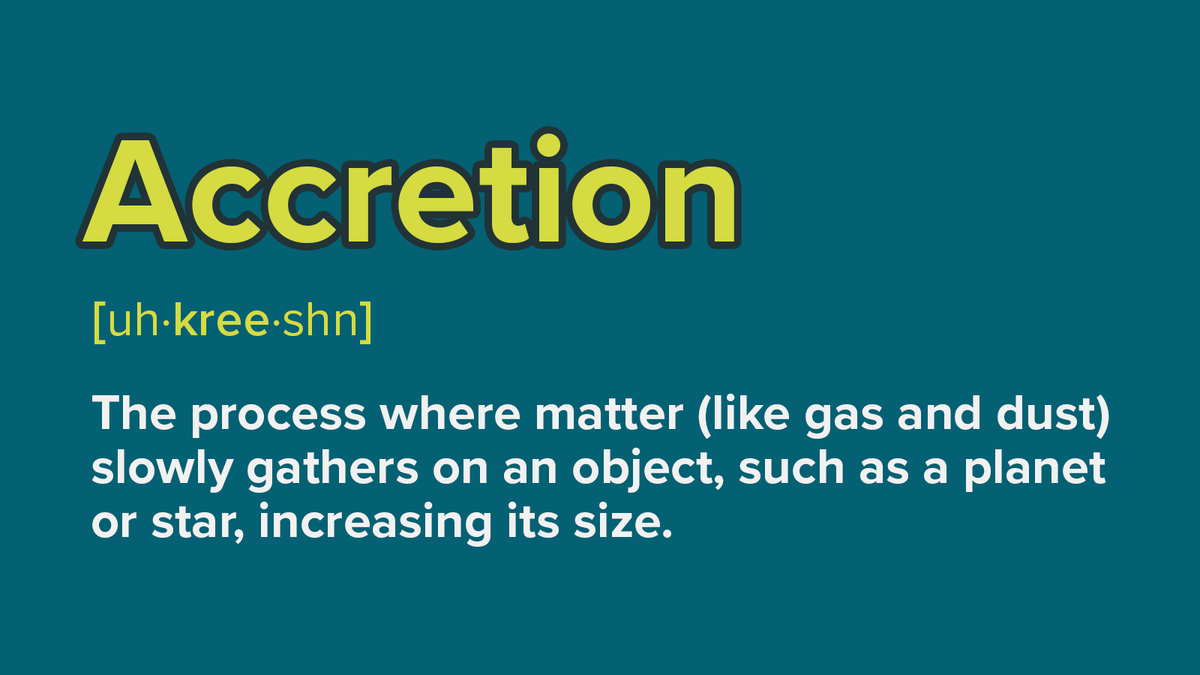
How does a cactus survive with so little water?🌵 It’s a xerophyte, the Museum of Science and @Dictionarycom #ScienceWordofTheWeek with @TheHipHopMD Maynard Okereke!
Tardigrades are adorable. No, really. 🧸🔬 Dive into the world of water bears and other microorganisms with animalcules, the Museum of Science and @Dictionarycom #ScienceWordoftheWeek with @AlexDainis!
How many grains of sand are there on Earth? @AlexDainis explains why the answer is immensurable, the Museum of Science and @Dictionarycom #ScienceWordoftheWeek!
Ever wonder how sneezing works? 🤧 Explore the weird science of sternutation, the Museum of Science and @Dictionarycom #ScienceWordofTheWeek with @AlexDainis. #WordoftheDay #Biology #Vocabulary
Don’t miss the peak of the Lyrid meteor shower this weekend! Look up at the sky to find its radiant, the Museum of Science and @Dictionarycom #ScienceWordoftheWeek with @AlexDainis!
What's lurking in soil?🪱🔍🌱 Uncover the secrets of dirt with this experiment from @TheHipHopMD that reveals what makes an organism terricolous, the Museum of Science and @Dictionarycom #ScienceWordofTheWeek!
There’s more to the Sun’s emissions than meets the eye. Learn how solar winds create an aurora, the Museum of Science and @Dictionarycom #ScienceWordoftheWeek, presented by @AlexDainis!
Don’t let today’s word bite you! 🦟 Gallinipper is the Museum of Science and @Dictionarycom #ScienceWordoftheWeek, presented by @AlexDainis!
Today’s word is right as rain. ☔ Learn what makes weather pluvial, the Museum of Science and @Dictionarycom #ScienceWordoftheWeek, presented by @AlexDainis!
We haven’t always known what causes diseases, but we’ve always had theories.🦠 Take a journey through science history with @AlexDainis and learn about miasma, the Museum of Science and @Dictionarycom #ScienceWordoftheWeek!
#ScienceWordOfTheWeek Zenith - the imaginary point in the sky directly above an observer, representing the highest point a celestial object can reach.
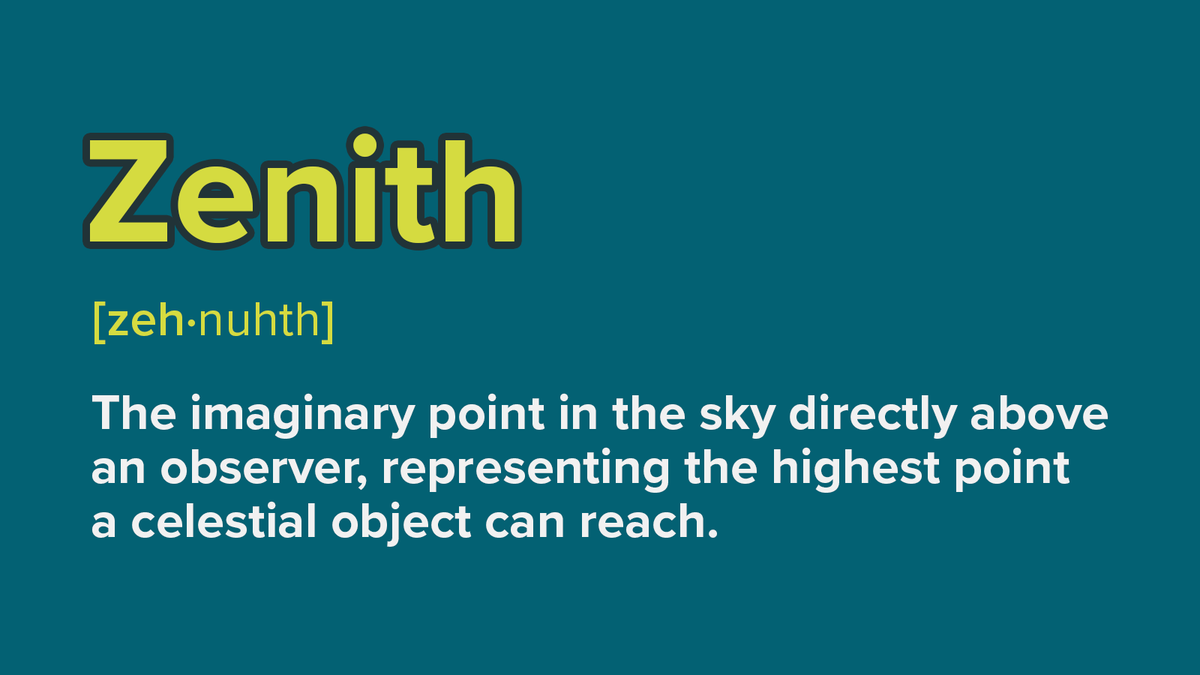
You might blame your bad luck on mercury being in retrograde. But what does that mean astronomically? Retrograde is the Museum of Science and @Dictionarycom #ScienceWordofTheWeek with @TheHipHopMD Maynard Okereke!
#ScienceWordOfTheWeek Cortisol A steroid hormone produced by the adrenal glands that plays a crucial role in regulating the body's stress response, metabolism, blood pressure, and the sleep-wake cycle.

#ScienceWordOfTheWeek Endorphins Natural, morphine-like chemicals produced by the body that act as neurotransmitters to relieve pain, reduce stress and make you feel good.

#ScienceWordOfTheWeek Metabolism The chemical changes within cells or organisms that generate energy and the materials required for growth, reproduction, and overall health.

#ScienceWordOfTheWeek Homeostasis - The body's way of keeping internal conditions stable, like temperature and hydration.

#ScienceWordOfTheWeek Aphelion - The point in the orbit of a planet, asteroid, or comet at which it is furthest from the sun.

#ScienceWordOfTheWeek Zenith - the imaginary point in the sky directly above an observer, representing the highest point a celestial object can reach.

#ScienceWordOfTheWeek Accretion - The process where matter (like gas and dust) slowly gathers on an object, such as a planet or star, increasing its size.

#ScienceWordOfTheWeek 💧 Viscosity - how thick or sticky a liquid is, and how much it resists flowing. For example, honey has a high viscosity, while water has a low viscosity.

#ScienceWordOfTheWeek 👁️Astigmatism - An eye condition where the cornea or lens has an irregular shape, causing blurred or distorted vision at all distances.

#ScienceWordOfTheWeek 🩸 Capillary - A very tiny blood vessel that connects arteries and veins, allowing blood to pass through tissues and exchange oxygen, nutrients, and waste.
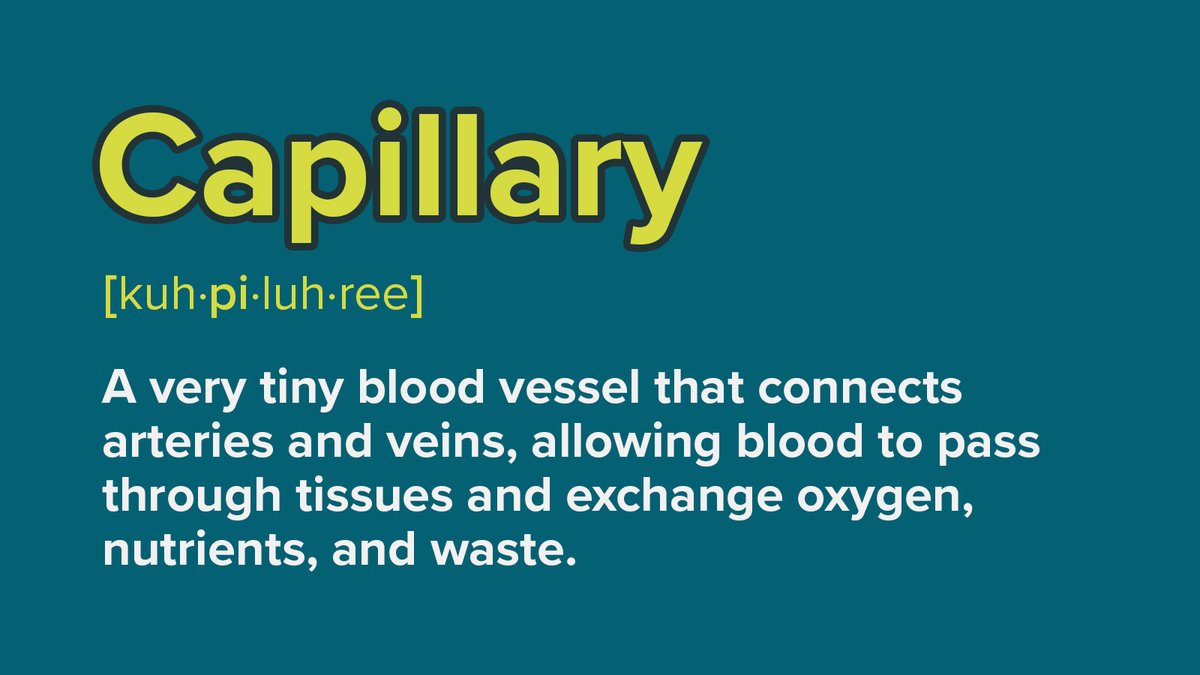
#ScienceWordOfTheWeek ⚙️ Torque - The twisting or turning effect produced when a force is applied at a distance from the point around which something turns, causing it to rotate.

#ScienceWordOfTheWeek Magnetism - A force that makes certain objects attract or repel each other, caused by the movement of electric charges within them.
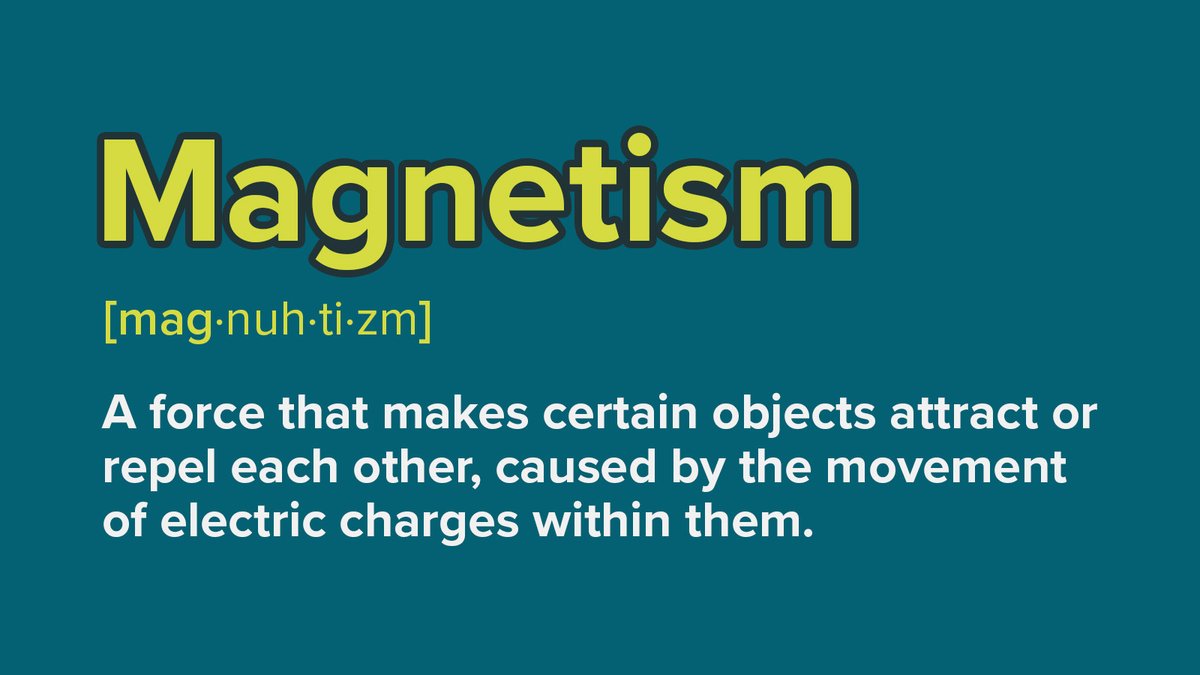
#ScienceWordOfTheWeek Dispersion - The splitting of white light into its separate colours, often seen when light passes through a prism.
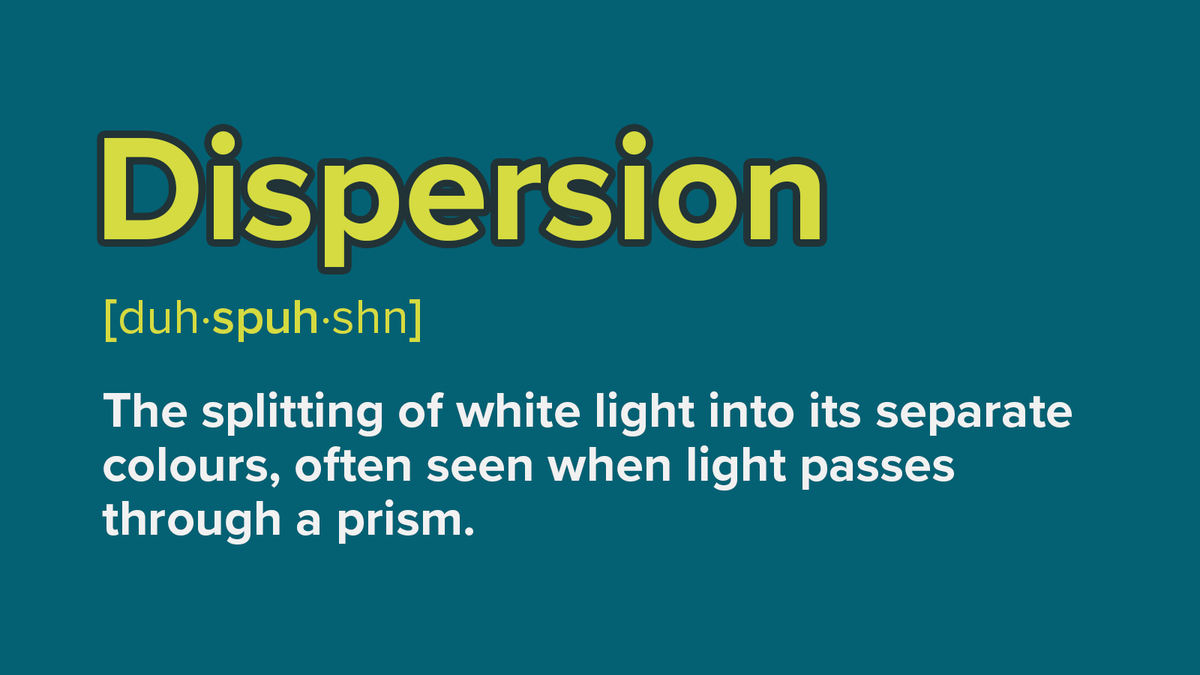
#ScienceWordOfTheWeek Amplitude - the size or height of a wave. In sound, greater amplitude means a louder noise.
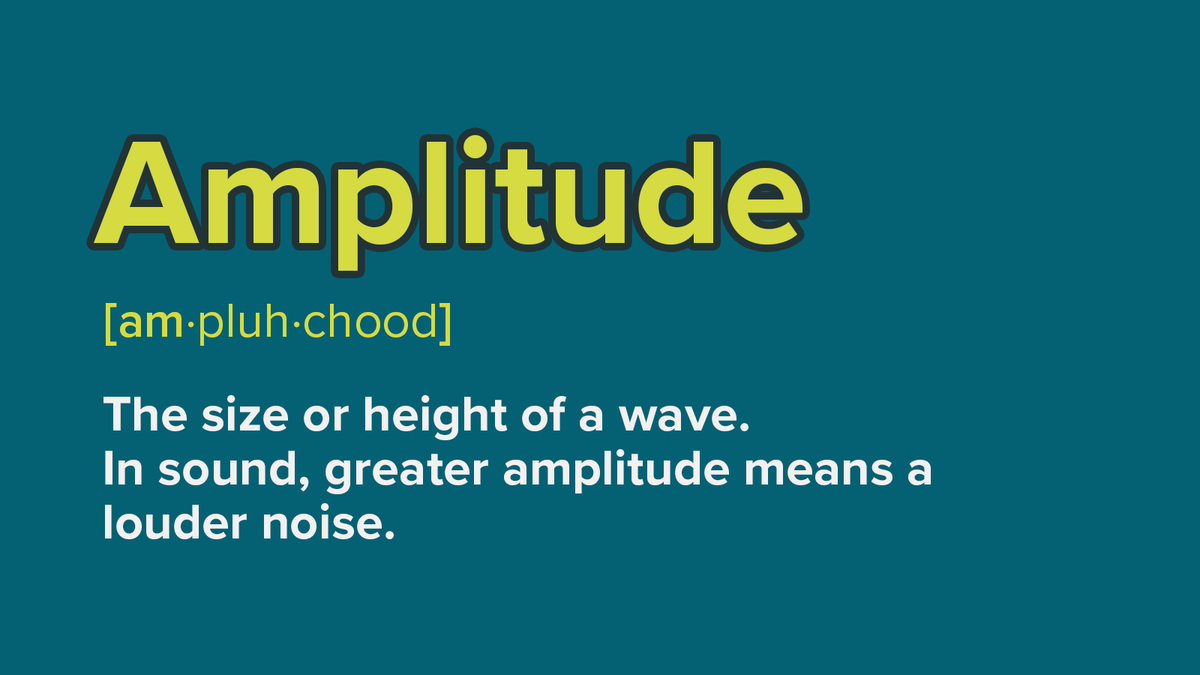
#ScienceWordOfTheWeek Resonance - When something vibrates strongly because it matches the natural frequency of another object - like a glass ringing when a singer hits the right note.
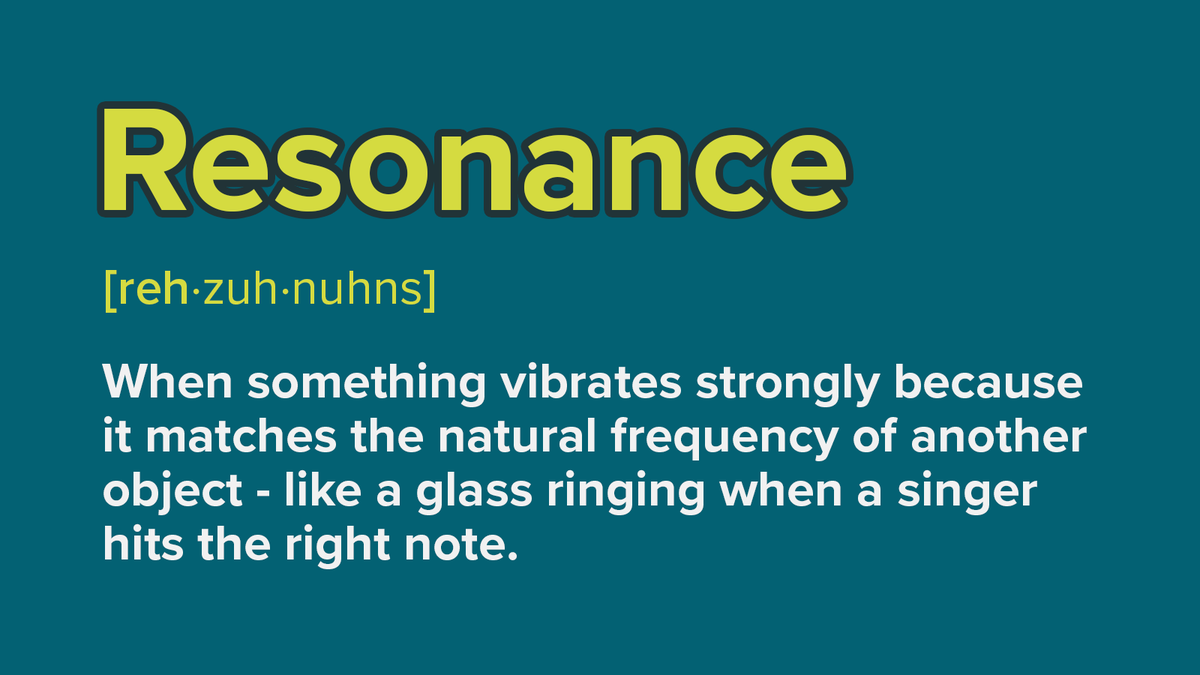
Word of the Future: "Biomimicry" - the practice of designing solutions by emulating nature's time-tested patterns, systems, and strategies. #ScienceWordOfTheWeek #MuseumOfTheFuture
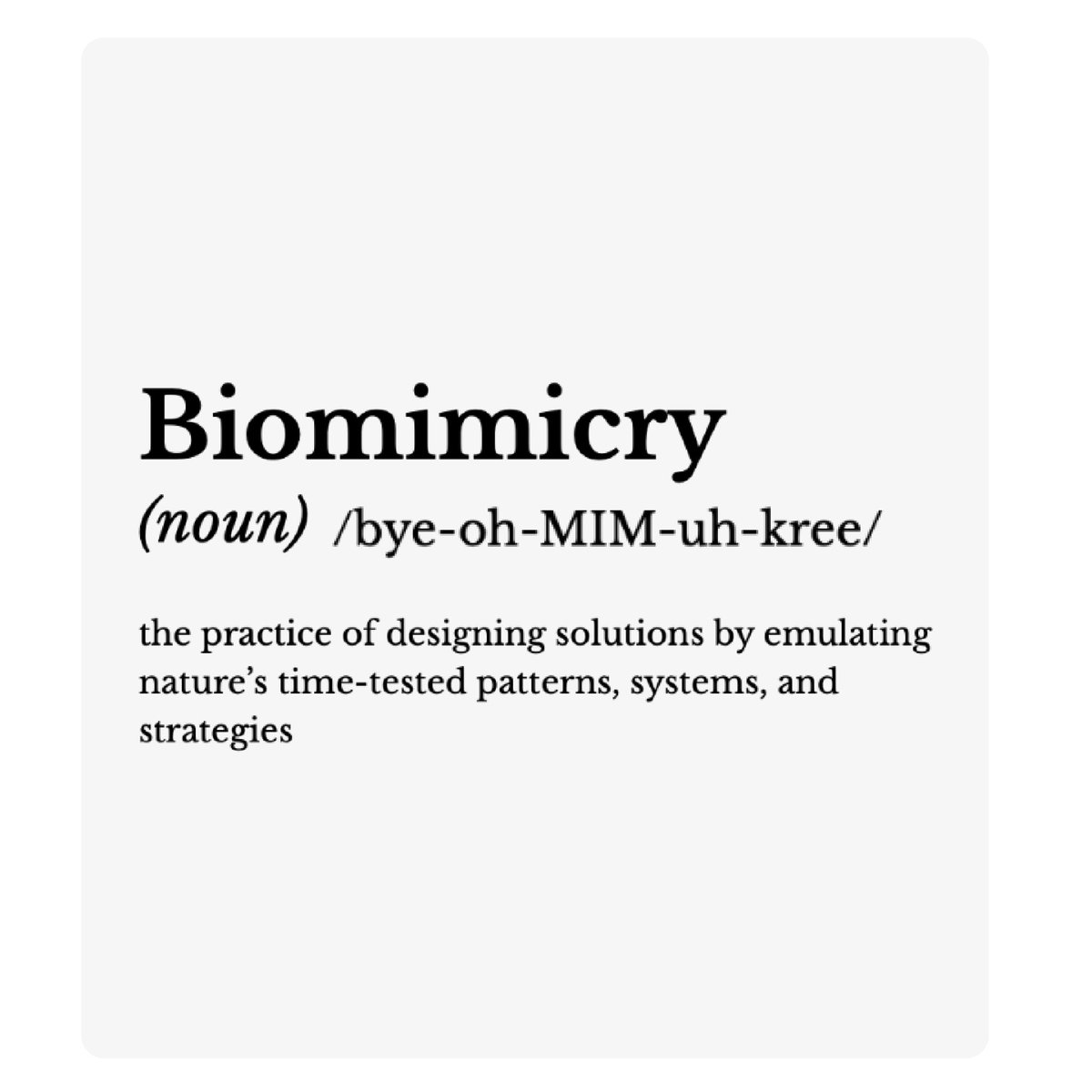
#ScienceWordOfTheWeek Doppler - The effect you hear when a sound changes pitch as it moves towards or away from you. For example: a siren rising and falling

#ScienceWordOfTheWeek 🌡️ Insolation - the amount of incoming solar radiation (sunlight) that reaches the Earth's surface or a specific area over a period of time.

#ScienceWordOfTheWeek 🌤️ Ultraviolet - UV is a form of light, primarily from the Sun, that is invisible to the human eye. It is responsible for effects such as sunburn and the body's vitamin D production.
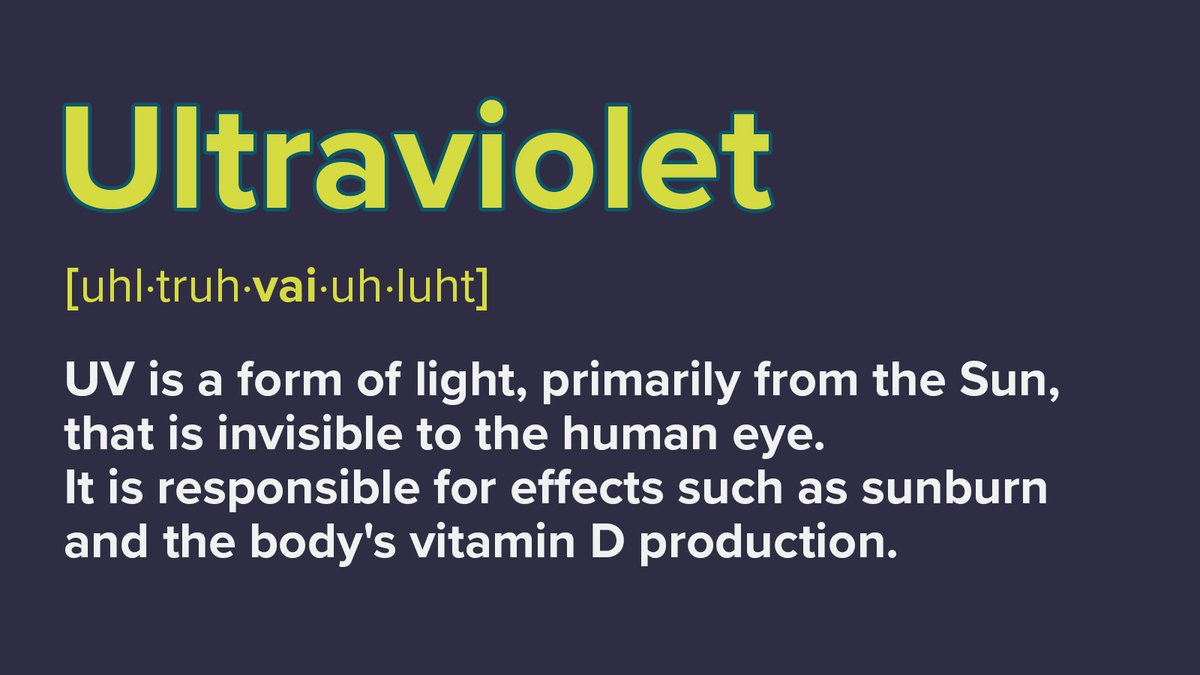
#ScienceWordOfTheWeek Homeostasis - The body's way of keeping internal conditions stable, like temperature and hydration.

#ScienceWordOfTheWeek 👁️Astigmatism - An eye condition where the cornea or lens has an irregular shape, causing blurred or distorted vision at all distances.

#ScienceWordOfTheWeek Metabolism The chemical changes within cells or organisms that generate energy and the materials required for growth, reproduction, and overall health.

#ScienceWordOfTheWeek Accretion - The process where matter (like gas and dust) slowly gathers on an object, such as a planet or star, increasing its size.

#ScienceWordOfTheWeek Zenith - the imaginary point in the sky directly above an observer, representing the highest point a celestial object can reach.

#ScienceWordOfTheWeek Endorphins Natural, morphine-like chemicals produced by the body that act as neurotransmitters to relieve pain, reduce stress and make you feel good.

#ScienceWordOfTheWeek Cortisol A steroid hormone produced by the adrenal glands that plays a crucial role in regulating the body's stress response, metabolism, blood pressure, and the sleep-wake cycle.

#ScienceWordOfTheWeek 💧 Viscosity - how thick or sticky a liquid is, and how much it resists flowing. For example, honey has a high viscosity, while water has a low viscosity.

#ScienceWordOfTheWeek Aphelion - The point in the orbit of a planet, asteroid, or comet at which it is furthest from the sun.

Word of the Future: "Biomimicry" - the practice of designing solutions by emulating nature's time-tested patterns, systems, and strategies. #ScienceWordOfTheWeek #MuseumOfTheFuture

#ScienceWordOfTheWeek Amplitude - the size or height of a wave. In sound, greater amplitude means a louder noise.

#ScienceWordOfTheWeek 🛟 Buoyancy - The upward force by a fluid that opposes the weight of an immersed object, determining if it sinks or floats.
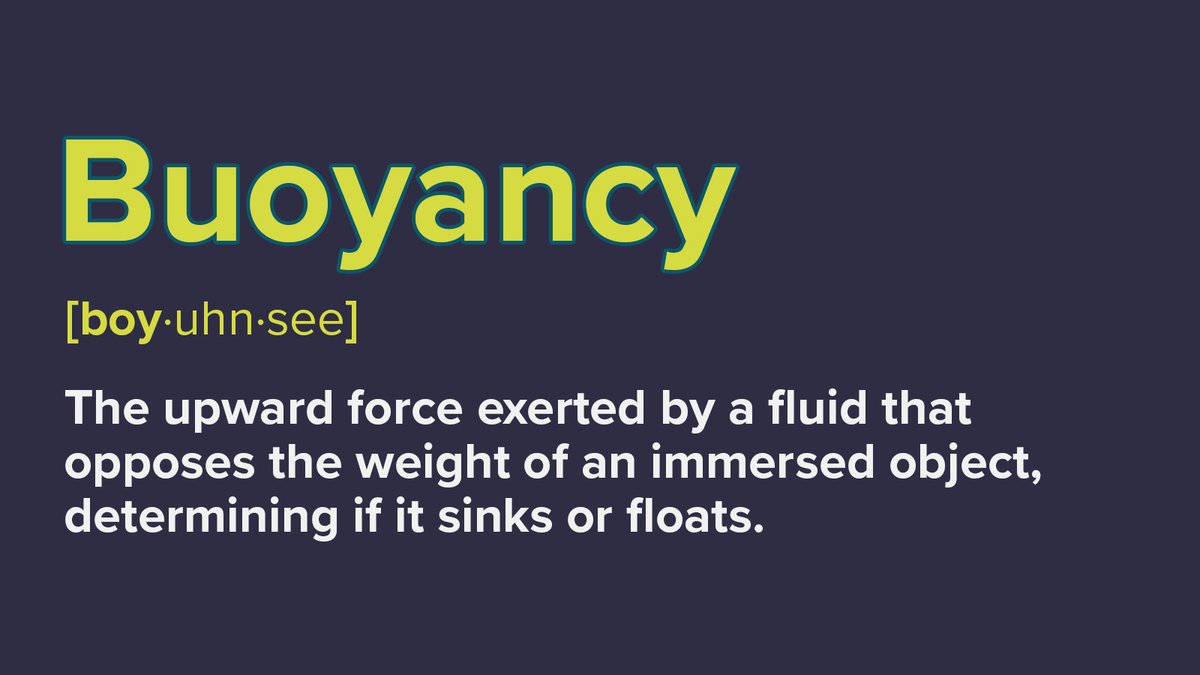
#ScienceWordOfTheWeek 💦 Hydration - The process of absorbing or replenishing water within a living organism in order for it to function correctly.
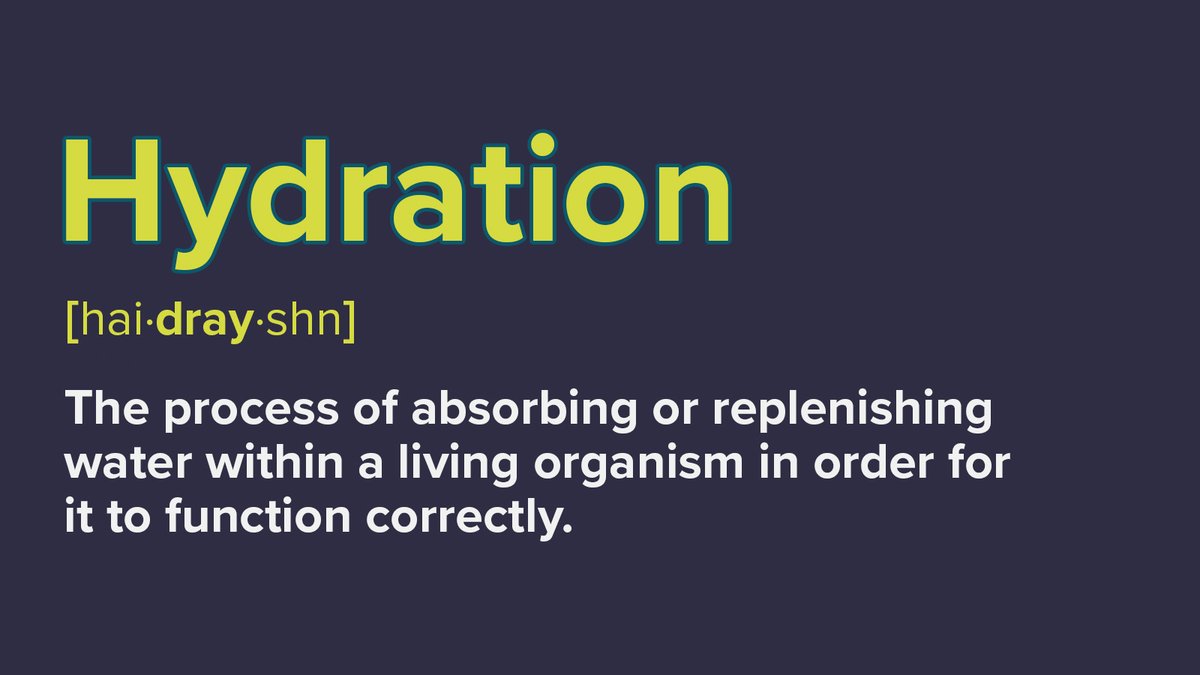
#ScienceWordOfTheWeek Dispersion - The splitting of white light into its separate colours, often seen when light passes through a prism.

#ScienceWordOfTheWeek 🌡️ Insolation - the amount of incoming solar radiation (sunlight) that reaches the Earth's surface or a specific area over a period of time.

#ScienceWordOfTheWeek Doppler - The effect you hear when a sound changes pitch as it moves towards or away from you. For example: a siren rising and falling

#ScienceWordOfTheWeek 🌤️ Ultraviolet - UV is a form of light, primarily from the Sun, that is invisible to the human eye. It is responsible for effects such as sunburn and the body's vitamin D production.

#ScienceWordOfTheWeek Magnetism - A force that makes certain objects attract or repel each other, caused by the movement of electric charges within them.

#ScienceWordOfTheWeek Resonance - When something vibrates strongly because it matches the natural frequency of another object - like a glass ringing when a singer hits the right note.

Something went wrong.
Something went wrong.
United States Trends
- 1. Black Friday 380K posts
- 2. Egg Bowl 4,059 posts
- 3. Kamario Taylor N/A
- 4. Mississippi State 2,414 posts
- 5. #SkylineSweeps N/A
- 6. NextNRG Inc 1,729 posts
- 7. #Rashmer 24.2K posts
- 8. Emmett Johnson N/A
- 9. #FanCashDropPromotion 1,525 posts
- 10. Trinidad Chambliss N/A
- 11. #jonita 19.9K posts
- 12. Kewan Lacy N/A
- 13. #Huskers N/A
- 14. WHO DEY 12.7K posts
- 15. Stricklin N/A
- 16. Wetjen N/A
- 17. Mainz Biomed N.V. N/A
- 18. Good Friday 64.2K posts
- 19. Andriy Yermak 17.8K posts
- 20. TODAY ONLY 65.4K posts


